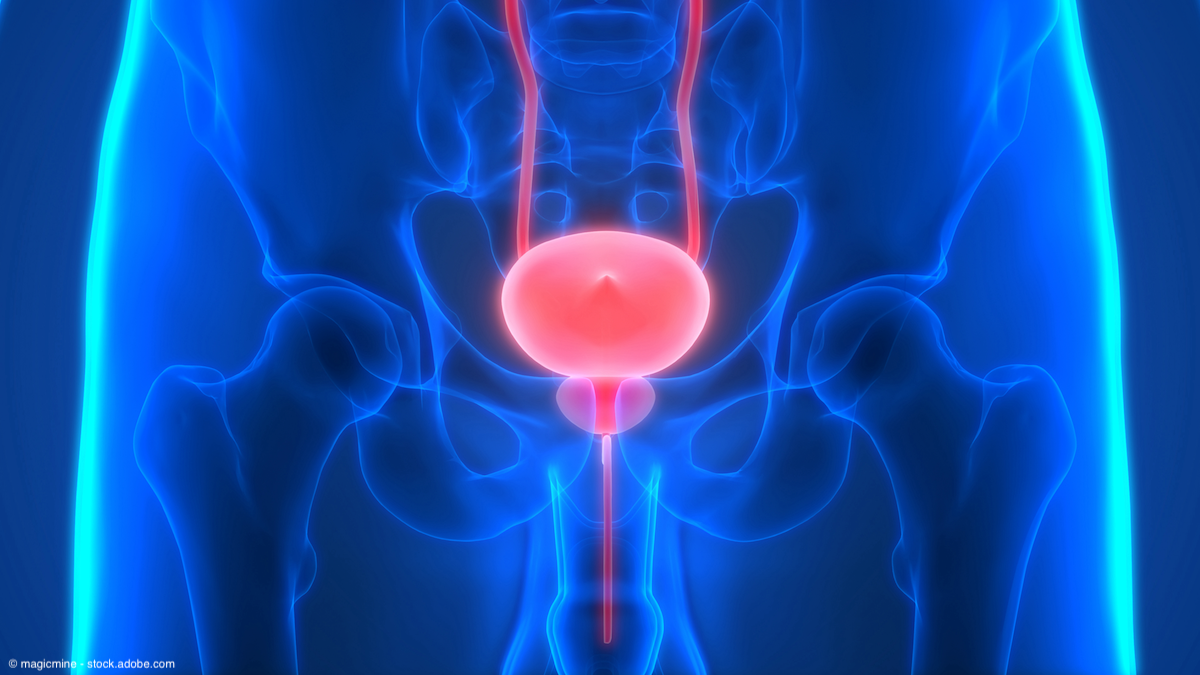Article
Press Release
Hackensack University Medical Center offering intravesical chemotherapy for persistent noninvasive bladder cancer
Author(s):
"With intravesical chemotherapy, there aren't the side effects we see with intravenous chemotherapy because the drugs only treat the bladder lining and very little, if any, of the medicine gets absorbed in the bloodstream," said Nitin Yerram, MD.
This Bladder Cancer Awareness Month, urologic oncologists at Hackensack University Medical Center are excited to offer a new option for bladder cancers that have continued to grow despite initial treatment and have not yet invaded the bladder wall called “intravesical chemotherapy."
"We think of cystectomy as a last resort now," said Nitin Yerram, MD.

The intravesical treatment involves giving the anticancer drugs gemcitabine and docetaxel directly into the bladder to bathe the bladder lining and kill cancer cells on contact. This approach may spare as many as half of patients with persistent non-muscle invasive bladder cancer from cystectomy—surgical removal of the bladder—without the side effects associated with intravenous chemotherapy.
Bladder cancers are classified according to whether or not the tumor has grown into the muscle of the bladder wall. The standard of care for treating non-muscle invasive bladder cancers is Bacillus Calmette Guerin (BCG), a form of immunotherapy that has been used for decades. BCG is given through a catheter inserted into the patient's urethra and advanced into the bladder. If the tumor persists despite BCG, cystectomy is typically the next treatment.
"We think of cystectomy as a last resort now," explained Nitin Yerram, M.D., co-director of Urologic Oncology at Hackensack University Medical Center. "Most academic medical centers are considering intravesical chemotherapy as something we should at least try first before we move on to bladder removal surgery, which is a huge operation that requires complex urinary tract reconstruction. Moreover, with intravesical chemotherapy, there aren't the side effects we see with intravenous chemotherapy because the drugs only treat the bladder lining and very little, if any, of the medicine gets absorbed in the bloodstream."
Peter Kahan, 76, was interested in another treatment that could possibly spare him from a cystectomy. He became the first patient at Hackensack University Medical Center to receive intravesical chemotherapy, starting that treatment in early February. The retired high school physics teacher was first diagnosed with high-grade non-muscle invasive bladder cancer in February 2019 after experiencing blood in his urine. He had surgery to remove the tumors, followed by two rounds of BCG therapy and intravesical treatment with another drug called mitomycin, with these therapies given by a doctor near his home in Holmes, New York. When the cancer came back, the doctor told him he would then need a cystectomy and referred him to another center for that operation.
Mr. Kahan had recently reconnected with a former high school student of his, Ravi Munver, M.D., at a memorial service for a colleague and learned that he was now a urologist. When he contacted Dr. Munver in August 2020, he suggested he see him for care at Hackensack University Medical Center, where Dr. Munver is vice chair of Urology and chief of Minimally Invasive and Robotic Urologic Surgery. He treated him with intravesical BCG plus the medication interferon.
But when the tumor came back again several months later, Mr. Kahan and Dr. Munver then discussed gemcitabine and docetaxel, another intravesical treatment that had a 50-50 chance of sparing him from cystectomy. "I felt like it was worth a try," he noted. He began receiving his weekly treatment on February 2. Gemcitabine was first given through the catheter and Mr. Kahan had to hold it in for 90 minutes before urinating it out. Then he received docetaxel through the catheter and went home, holding it in for two hours before releasing it.
The development of an approach to delivering gemcitabine and docetaxel into the bladder also required the expertise of oncology pharmacists. "These chemotherapy agents are considered 'hazardous,' and that requires a careful evaluation of the workflow to ensure the safety of everyone involved in their administration," explained oncology pharmacist Maribel A. Pereiras, PharmD, BCPS, BCOP. "Together, we ensured that the Urology Department was equipped with the correct personal protective equipment and received education regarding health and safety issues when handling hazardous agents. We are hopeful that this newer method of chemotherapy administration will provide patients with an effective treatment option that spares them from side effects as well as the need for surgery."
After six treatments, Mr. Kahan will wait 4-6 weeks and then have an imaging exam and cystoscopy (examination of the inside of the bladder with a scope) to see if the tumor has shrunk or disappeared. If the treatment is effective, he will start maintenance therapy, receiving intravesical gemcitabine and docetaxel every 3-6 months for up to three years. "Hackensack University Medical Center is a major institution," Mr. Kahan added. "It was a big relief that Dr. Munver, someone I've known for a very long time, connected me with this hospital. Whatever the eventuality of my bladder cancer will be, they can deal with it."
"We're one of the lucky few centers who can call ourselves a comprehensive bladder cancer care program. From non-muscle invasive disease to muscle-invasive cancer, we can take care of it all," concluded Dr. Yerram. "We have all the resources here under one roof to take care of these patients. We provide individualized care, talking with each patient and working together with them to make decisions about the best treatment for them."

















